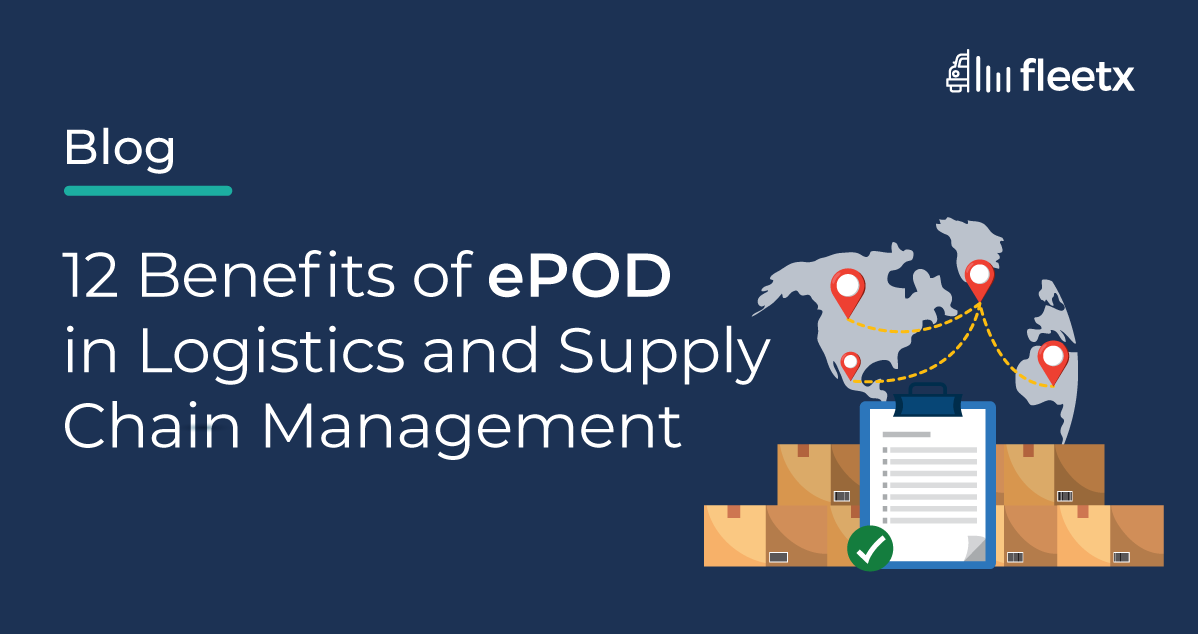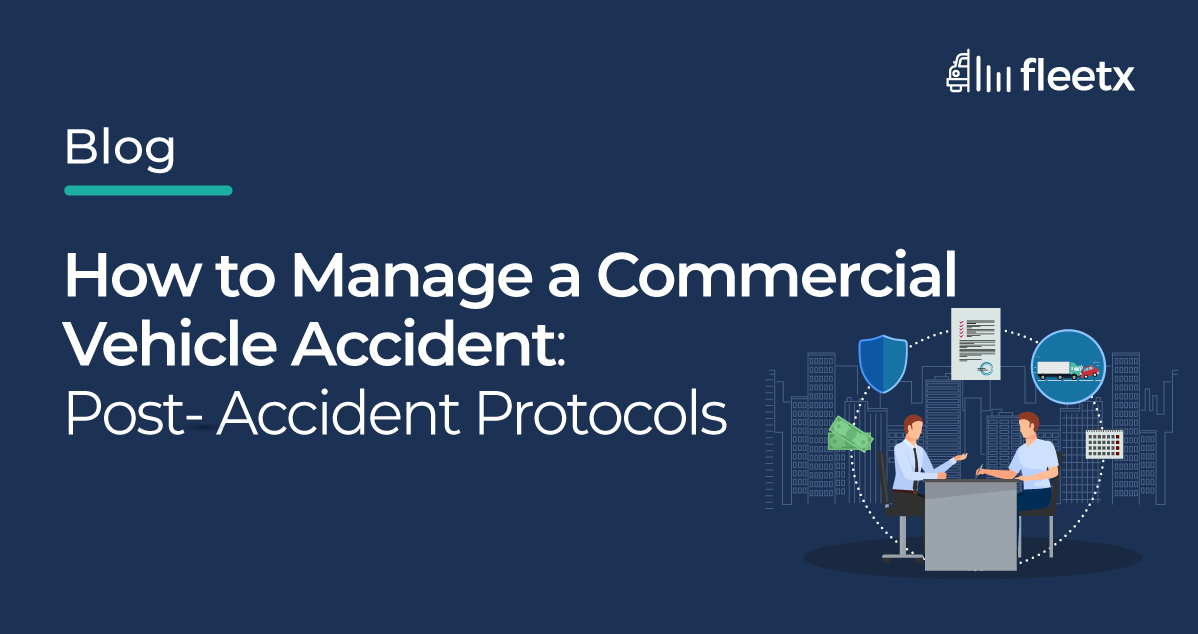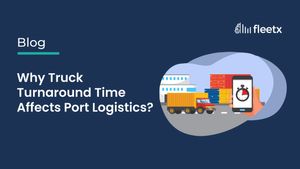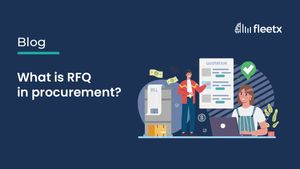
In India's dynamic and often challenging logistics landscape, managing partial truckloads efficiently is no small feat. The conventional approach often struggles with fragmented operations, inefficient routes, and variable demand. However, a game-changer is on the horizon: Transport Management Systems (TMS). TMS solutions have emerged as powerful tools that empower transporters to optimize resources, streamline operations, and meet the complex demands of partial truckload transportation head-on.
In this article, we explore how a TMS can revolutionize the way transporters operate, unlocking cost savings and operational excellence in an ever-evolving industry.
What is the Difference between PTL (Part Truck Load) and LTL(Less than Truckload)?
This is where a Transport Management System (TMS) steps in. TMS technology addresses these challenges by providing real-time visibility, route optimization, load consolidation, and demand forecasting. By doing so, it transforms the complexities of PTL logistics in India into a streamlined, efficient, and cost-effective process. In the following sections, we'll delve into how TMS solutions revolutionize PTL management, empowering businesses to navigate India's intricate logistics landscape with confidence and success.
LTL (Less Than Truckload) and PTL (Partial Truckload) are freight shipping methods designed for shipments that don't require a full truckload, each with its unique characteristics and applications.
LTL is tailored for smaller shipments (typically 70-6,800 kg) and involves pricing based on weight, distance, and freight class. It often entails more handling and longer transit times due to multiple stops and follows stricter guidelines regarding packaging and scheduled routes.
PTL, on the other hand, accommodates larger shipments (usually between 8 and 18 quintals) and offers more flexible pricing, often based on the space used. PTL usually involves less handling, potentially reducing the risk of damage to the goods and ensuring a faster delivery since the shipment typically stays on the same vehicle from pickup to delivery, making fewer stops along the way. This method can also provide more flexibility regarding packaging and scheduling, thereby accommodating the specific needs and urgencies of the shipper more effectively.
LTL (Less Than Truckload) and PTL (Partial Truckload) are freight shipping methods that cater to shipments which do not require a full truckload. While they are crucial for managing smaller shipments, they present distinct challenges and also have notable differences in terms of shipment size, cost, handling, and flexibility.
- Inefficiency: Managing multiple shipments can be complex and time-consuming.
- Higher Costs: They can be more expensive per unit compared to Full Truckload (FTL) shipping.
- Damage Risk: More frequent handling, especially in LTL, increases the risk of damage.
- Longer Transit: LTL often involves longer transit times due to multiple stops.
- Control Issues: Companies might have less control over the timing and handling of shipments.
- Environmental Impact: They can be less environmentally friendly due to less optimized routes.
- Limited Capacity: Availability can be scarce during peak shipping seasons.
The Role of AI and Data Analytics
The recent integration of AI and Data Analytics into Transport Management Systems (TMS) is revolutionizing how PTL challenges are tackled and opportunities are harnessed. AI-driven algorithms can now provide predictive insights for proactive resource allocation and optimisation.
Consider the example of Transporter Analytics—a specialized tool designed by Fleetx to optimise transportation strategies for a variety of stakeholders. This system offers invaluable insights, including comprehensive historical performance data and detention analysis, providing a microscopic view of operations.
What sets Transporter Analytics apart is its transparency and accountability, enabling in-depth examination of every aspect of operations. Armed with these insights, Organizations can optimize efficiency, reduce detention times, and enhance their competitiveness in the market. This practical example highlights how such innovative tools are transforming transport operations, offering tangible benefits for success in the dynamic logistics landscape.
To Sum Up
In an industry where efficiency and cost savings are paramount, a Transport Management System for Partial Truckloads is a game-changer. By offering enhanced visibility, route planning, and load consolidation opportunities, these systems empower logistics professionals to make informed decisions using reliable data and optimize their resources effectively. Implementing such a system not only cuts costs but also positions your organization as a leader in smart technology solutions for Transportation management. The future is here, where are you?







